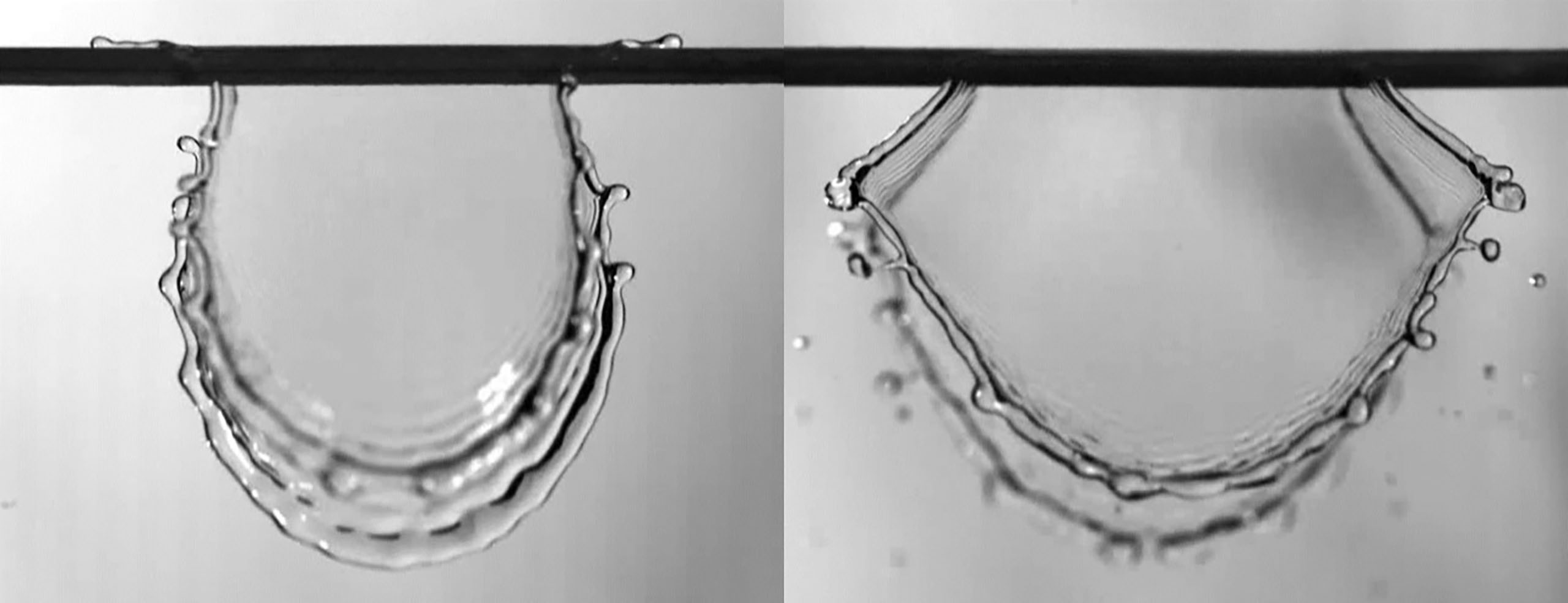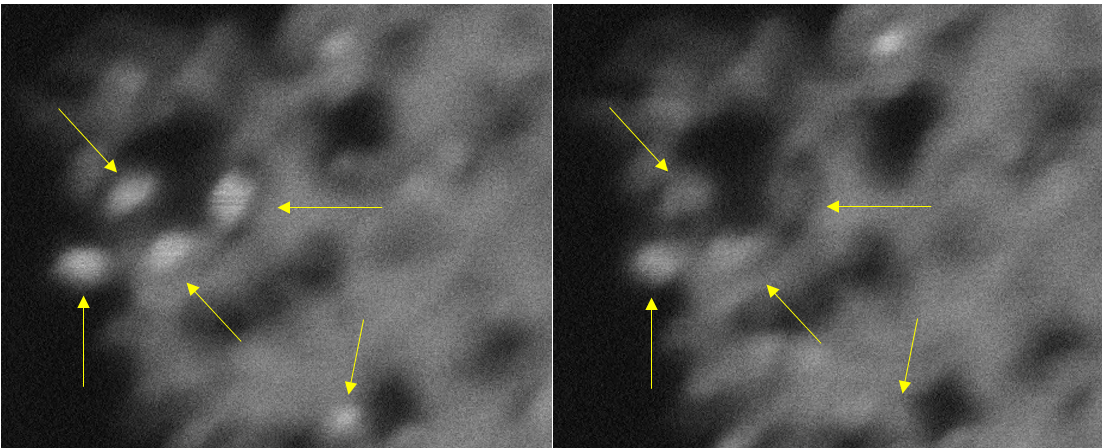Medical products such as ointments or syringes reach their limits when it comes to delivering medication locally – and above all in a controlled manner over a longer period of time. Empa researchers are therefore developing polymer fibers that can deliver active ingredients precisely over the long term. These “liquid core fibers” contain drugs inside and can be processed into medical textiles.
Tag: Fiber
Added Dietary Fiber’s Health Effects in Children Warrants Closer Look
There is enough evidence to evaluate several health benefits in children associated with adding isolated and synthesized fibers to food.
Fiber, the Gut, Heart Disease and HIV
Investigators from Cedars-Sinai have made two important discoveries about fiber and the gut microbiome in patients with human immunodeficiency virus, or HIV.
Scientists Name Top Five Foods Rich in Prebiotics
There is growing evidence that consuming prebiotics — certain types of fiber often found in plants that stimulate beneficial bacteria in your gut — can help to maintain a healthy gut microbiome. In a new study, scientists estimated the prebiotic content of thousands of food types by using preexisting literature to find out which foods offer the highest prebiotic content.
Researcher working to add value to wool by localizing sheep farm-to-fiber production
At a time when wool production in the Mountain State is declining, West Virginia University Extension and Davis College of Agriculture, Natural Resources and Design researchers are exploring new ways to support sheep farmers and wool producers in the region.
New Tool Available to Ensure Consumer Acceptance of Fiber Enriched Foods
Two new publications make it easier to formulate fiber-added foods with acceptable consumer tolerance.
Poor Gut Health May Drive Multiple Sclerosis — Better Diet May Ease It
A Rutgers study shows how digestive inflammation may drive MS and provides further evidence that more fiber by combat the condition.
Pineapple Jelly Probiotics Health Drink for Elderly Adults that Can Help Fix Farmers’ Problems
A team of researchers from Chula Faculty of Science in cooperation with the Faculty of Medicine, Khon Kaen University has developed the “Jelly Nata Probiotics” jelly drink made from pineapple to benefit the mental wellbeing of the elderly, add value to pineapple while also solving the oversupply of pineapples.

Common Prebiotic Fiber Mitigates Harm of High-salt Diet in Rats
New research in rats finds a diet high in the fiber inulin offered a protective effect against the damage of a high-salt diet. The research will be presented this week at the American Physiological Society and American Society for Nephrology Control of Renal Function in Health and Disease conference
Low-fiber Diet May Lead to Gut Infection Even if You’re Not Overweight
Diet, more than body mass, may play a role in the risk for gut infection, and eating more fiber could be the key to prevention. The study is published ahead of print in the American Journal of Physiology-Endocrinology and Metabolism.
Low-fiber, High-fat Diets Adversely Impact the Gut
Physiologists at Laval University in Canada have discovered that diets containing low fiber and high fat cause significant shifts in the gut microbiome.
Most Americans Are Not Getting Enough Fiber in Our Diets
Only 5% of men and 9% of women are getting the recommended daily amount of dietary fiber, according to a study being presented at NUTRITION 2021 LIVE ONLINE. Insufficient fiber intake is associated with a higher risk of heart disease and diabetes, two of the most common diseases in the U.S.
Collaborative Research Institute Offers March 3, March 24 Webinars on Gut Microbiome
Research on the relationship between the gut microbiome and diet can provide insights into diseases like depression and other health conditions.
Dec. 14-15 Vahouny Fiber Symposium Taps International Experts
The 12th Annual Vahouny Fiber Symposium will cover immune system, cognitive and GI tract issues at the forefront of international food-fiber research.

Evolution of Pine Needles Helps Trees Cope with Rainfall Impact
If you have been surrounded by the sight and smell of pine trees, you may have taken a closer look at the needles and then wondered how their properties are influenced by rainfall. In Physics of Fluids, researchers are currently probing how well pine needles allay the impact of rain beneath the tree. They explored the impact of raindrops onto fixed, noncircular fibers of the longleaf pine by using high-speed videography to capture the results.

High-fibre diet, low level inflammation: sidestepping the effects of radiation
Loved or hated, the humble oat could be the new superfood for cancer patients as international research shows a diet rich in fibre could significantly reduce radiation-induced gut inflammation.

‘Blinking” Crystals May Convert CO2 into Fuels
Imagine tiny crystals that “blink” like fireflies and can convert carbon dioxide, a key cause of climate change, into fuels. A Rutgers-led team has created ultra-small titanium dioxide crystals that exhibit unusual “blinking” behavior and may help to produce methane and other fuels, according to a study in the journal Angewandte Chemie. The crystals, also known as nanoparticles, stay charged for a long time and could benefit efforts to develop quantum computers.
Rutgers Expert Can Discuss Earthwise Lawn and Landscape Care, Farming
New Brunswick, N.J. (June 15, 2020) – Rutgers University–New Brunswick Professor William T. Hlubik is available for interviews on environmentally friendly lawn and landscape care, sustainable gardening and agriculture, home and commercial vegetable and small fruit production, and how to…